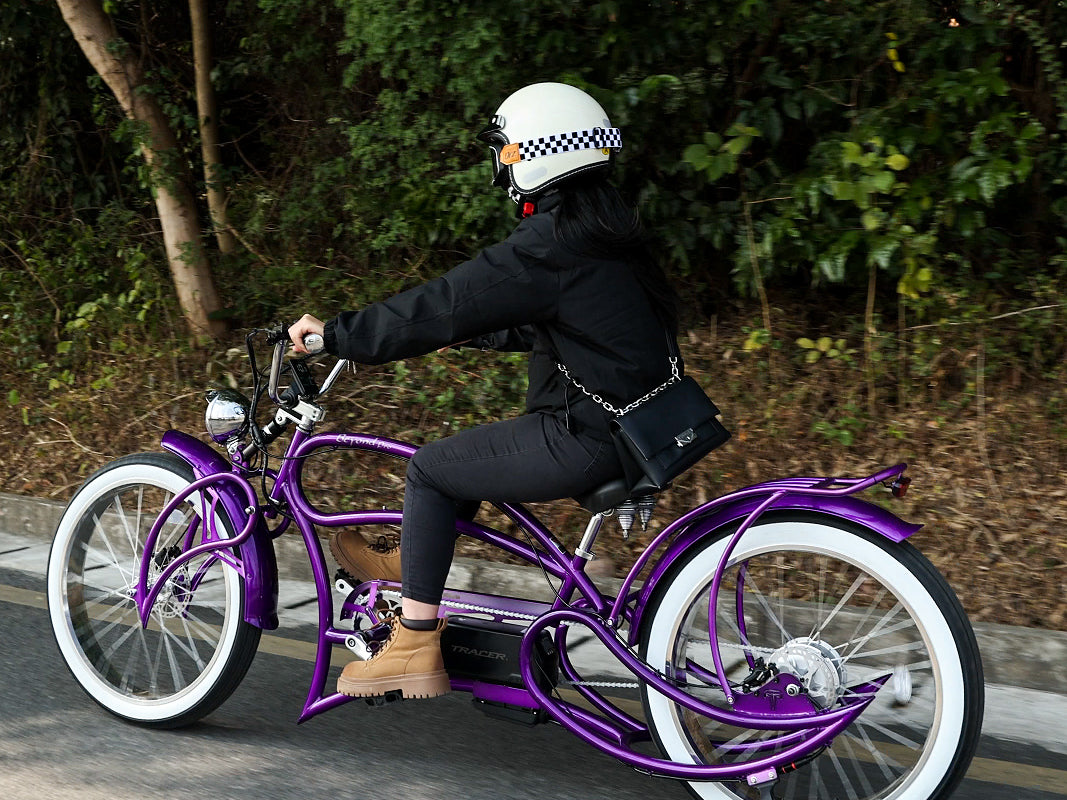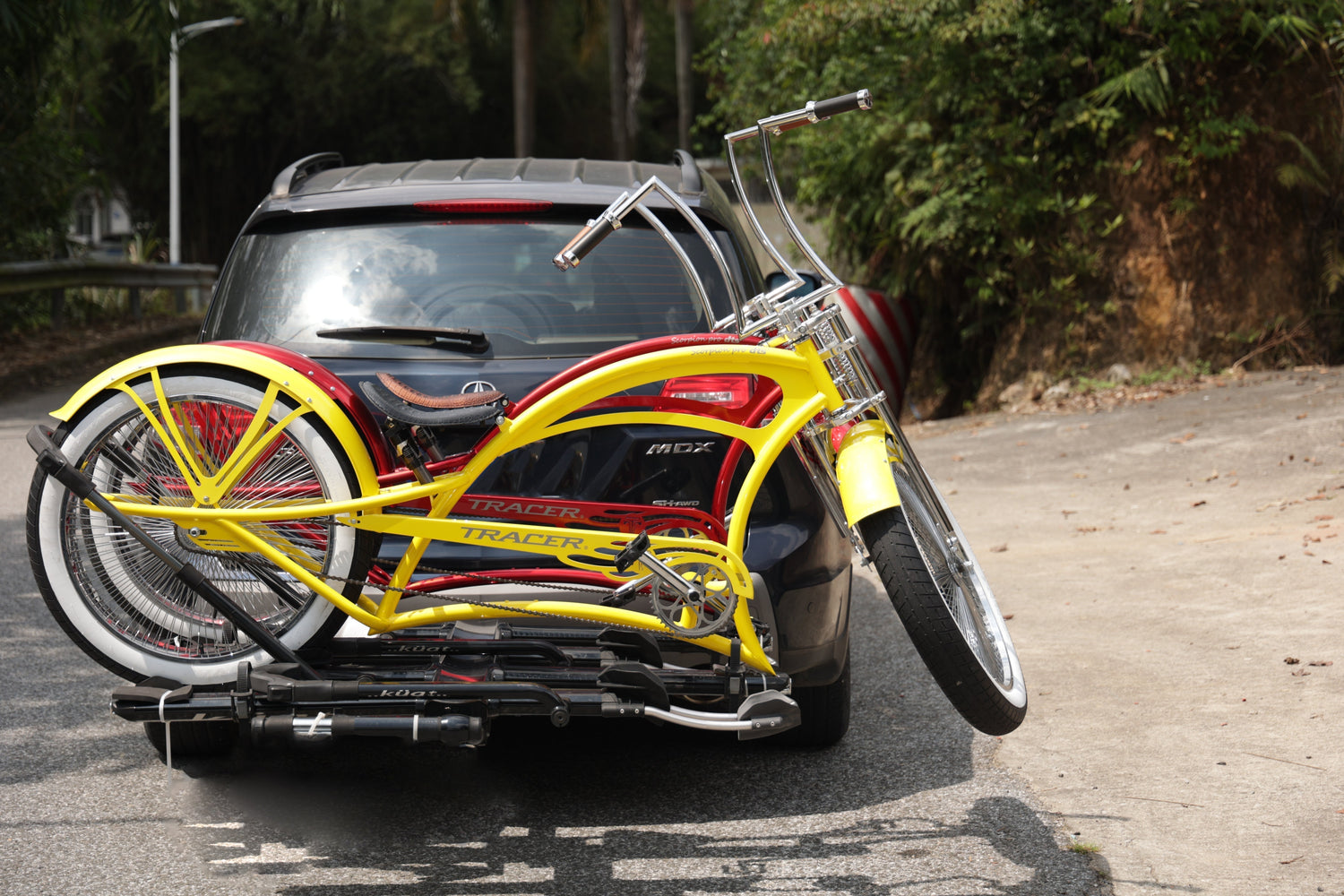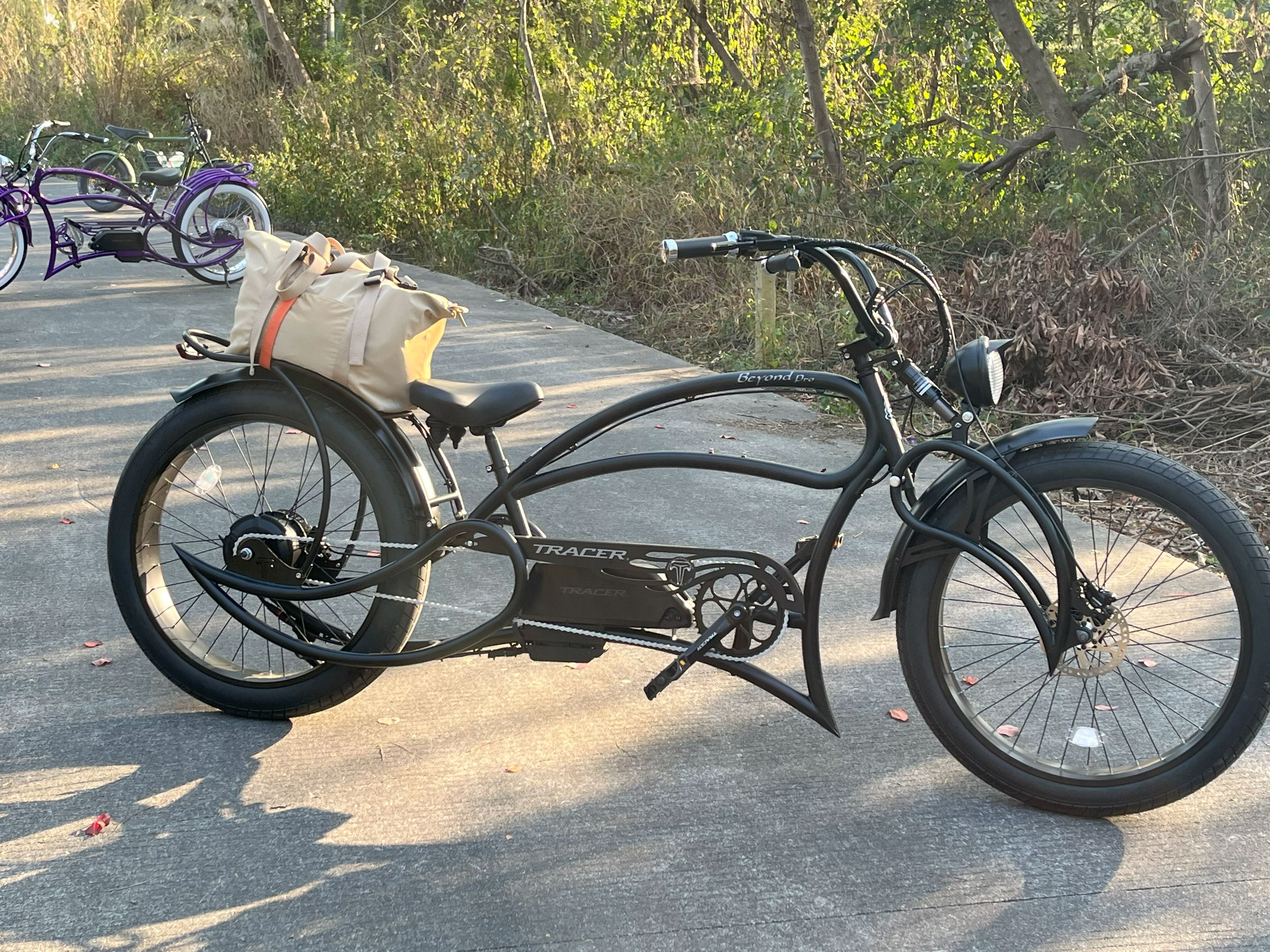Transporting an electric bike (e-bike) safely requires careful planning, proper equipment, and attention to detail. Unlike traditional bicycles, e-bikes are heavier due to batteries and motors, and they contain sensitive electronic components. Improper transport can lead to damage, safety hazards, or legal issues. This comprehensive guide will cover everything from selecting the right bike rack to preparing your e-bike, securing it, driving safely, and unloading it without damage.
Why You Should Use a Bike Rack for Your E-Bike
E-bikes differ significantly from traditional bicycles in weight, design, and value. This difference affects how they should be transported.
1. Protect Valuable Components
Motors, batteries, controllers, and displays are sensitive to shocks, vibration, and extreme temperatures. A poorly mounted bike rack can loosen parts or cause internal damage. For example, a lithium-ion battery subjected to excessive vibration could swell, leak, or, in extreme cases, catch fire. This is especially true for high-speed e-bikes or long-range models with heavy batteries.
2. Ensure Road Safety
Because e-bikes are heavier than standard bikes, they are prone to movement if not securely mounted. Unstable transport can damage the bike, the rack, or even other vehicles on the road. Fat-tire e-bikes and high-speed models require extra attention due to their weight distribution and larger frames.
3. Compliance with State Laws
Many U.S. states regulate vehicle-mounted cargo. For instance, California law requires that license plates and lights remain visible, while New York regulates weight and overhang. Using a compliant rack and securing your e-bike properly ensures legal transport.
4. Convenience and Space Efficiency
Dedicated e-bike racks often include ramps or tilt mechanisms, simplifying loading for solo riders. Transporting bikes on a rack also frees up interior space for passengers and luggage, making trips more comfortable.
Types of Bike Racks for E-Bikes in the USA
Choosing the right bike rack is crucial for safely transporting e-bikes, especially heavy or fat-tire models.
Hitch-Mounted Platform Racks: attach to a vehicle’s hitch and support heavy bikes (60–100 lbs). They are very stable and often include ramps or tilt mechanisms, making loading easier. Drawbacks include higher cost, need for a hitch, and added vehicle length. Best for heavy or long e-bikes.
Hanging Racks: suspend bikes from hooks on the trunk, rear door, or roof rails. Affordable and easy to install, but limited to lighter bikes (35–50 lbs) and less stable. Heavier bikes may sway or get damaged. Suitable for light e-bikes on short trips.
Roof Racks: hold bikes on the car roof, freeing rear space and allowing multiple bikes. Lifting heavy e-bikes is difficult, and they increase wind resistance and vehicle height. Best for moderate-weight e-bikes.
Trunk or Spare Tire Racks: attach with straps to the trunk or spare tire. Low cost and convenient for vehicles without hitches, but limited weight (30–45 lbs) and stability. Best for light, foldable e-bikes on short trips.
When selecting a rack, consider your bike’s weight and tire width, the rack’s fixing method, convenience features, and safety certifications. Hitch-mounted platform racks are generally the safest choice for heavy or fat-tire e-bikes.
Key Factors When Choosing a Bike Rack
Weight Capacity: Should exceed total bike weight.
Tire Width Compatibility: Fat tires require wider cradles.
Fixing Method: Wheel-mounted racks provide more stability than frame clamps.
Convenience Features: Look for ramps, tilt mechanisms, and quick-release systems.
Safety Certification: Prefer racks meeting SAE or equivalent standards.
Recommended US Brands: Thule, Yakima, Kuat, Saris.
Bike Rack Installation and Safety Check
1. Hitch Compatibility: Ensure your hitch receiver size matches the rack (common: 1.25” or 2”).
2. Secure Mounting: Follow manufacturer instructions; check bolts and attachment points.
3. Stabilty Test: After installation, gently shake the rack. Place a bike and simulate minor road vibrations. Re-tighten if any wobble or movement is detected.
Proper installation is critical, as even minor instability can damage both bike and vehicle during transport.
Preparing Your E-Bike for Transport
Preparation ensures your bike remains undamaged and safe during transit. Follow these steps:
1. Remove and Protect the Battery
- Lithium-Ion
Remove battery if possible, store in padded bag or original box inside vehicle, keep charge at 30–60%, avoid contact with metal, ensure ventilation, protect from collisions, fire, or heat.
- Lead-Acid
Secure firmly, prevent tipping, avoid impacts that could rupture casing or cause electrolyte leakage. Keep the charge between 30–60% for long trips to maintain battery health.
Additional Tips:
- Never transport batteries with metal objects nearby.
- Wrap damaged batteries in sealed bags to prevent leaks.
- Avoid extreme temperatures during transport.
2. Remove Accessories
- Lights, baskets, water bottle cages, GPS devices.
- Rotate handlebars parallel to the frame and lower the seat.
- For folding e-bikes, lock folds and secure with straps.
3. Check Tires and Bike Condition
- Verify tire pressure.
- Inspect brakes, cables, and frame.
- Tighten screws and ensure no loose components.
Related Tip: After transport, check for flat tires. See “How to Repair a Flat Bike Tire: Fixing Tubed and Tubeless Tires” for a step-by-step guide.
4. Protective Measures
- Wrap delicate parts and exposed frame areas with foam or cloth.
- Isolate the chain from the frame to prevent grease marks.
Pre-Loading Checklist: Battery removed, accessories detached, handlebars/seat adjusted, tires checked, protective padding applied.
How to Load and Secure Different Types of Bikes on a Bike Rack
- Use hitch-mounted platform racks.
- Remove accessories.
- Rotate handlebars parallel, lower seat.
- Fit wheels in trays and secure with clamps plus extra straps.
- Avoid hanging racks for heavy bikes.

- Use a hitch platform with ramp assistance.
- Center the bike for proper weight distribution.
- Secure both wheels and use diagonal straps for stability.
- Avoid roof racks due to lifting difficulty.

- Hitch or trunk racks suitable.
- Remove panniers and lights.
- Fold kickstands, adjust seat/handlebars.
- Secure wheels, ensuring fenders don’t interfere.

- Ideal for hanging or platform racks.
- Ensure folding locks are engaged.
- Strap to prevent unfolding.
- Place centrally on multi-bike racks for balance.

Transporting Multiple Bikes
- Maintain 5–10 cm between bikes.
- Alternate heavy and light bikes to balance weight.
- Use additional straps to connect adjacent bikes, reducing movement and collision.
Driving Safety and Maintenance During Transport
1.Drive Moderately: Avoid high speeds, rough roads, and sudden braking.
2.Check Straps: Inspect after 10–15 minutes of driving.
3.Weather Protection:
|
Condition |
Precautions |
|
Rain |
Cover battery and electronics |
|
High Heat |
Wrap battery with thermal insulation, park in shade |
|
Low Temperature |
Use thermal covers for electronics, fully charge battery |
|
Wind |
Add extra straps; use anti-slip pads on roof racks |
4. Anti-Theft: Lock bike and rack if leaving vechicle unattended.
Realted Tips: After transportation, conduct a full bike inspection. See “Essential Bike Maintenance Tips for Every Rider” for guidance on checking electronics, brakes, and drivetrain.
Unloading Your E-Bike Safely
- Release rear and front wheel clamps and straps.
- Use the rack’s ramp to roll the bike down carefully.
- Reinstall the battery and accessories.
- Inspect tires, brakes, cables, and electronics before riding.
-
Post-Transport Inspection of Vehicle and Rack:
- Rack Inspection: Check if the fixing components of the rack, such as screws and buckles, are loose or damaged; check if the rack structure is deformed, especially the load-bearing parts. If any problems are found, repair or replace them in time to avoid affecting future use.
- Vechicle Inspetion: Check if the hitch interface is worn or deformed; check if the vehicle's paint is scratched by the rack or bike, and repair it in time if there is any scratch. At the same time, check the vehicle's tires, brakes, and other components to ensure they are not affected during transport.
Conclusion
Safely transporting e-bikes—whether fat-tire, high-speed, or folding models—requires choosing the right rack (hitch-mounted platforms are best for heavy variants), preparing the bike properly (removing batteries and accessories), and securing it firmly. By following these steps, you’ll ensure your e-bike arrives undamaged and ready to ride, while complying with road laws and prioritizing safety.






Leave a comment
This site is protected by hCaptcha and the hCaptcha Privacy Policy and Terms of Service apply.